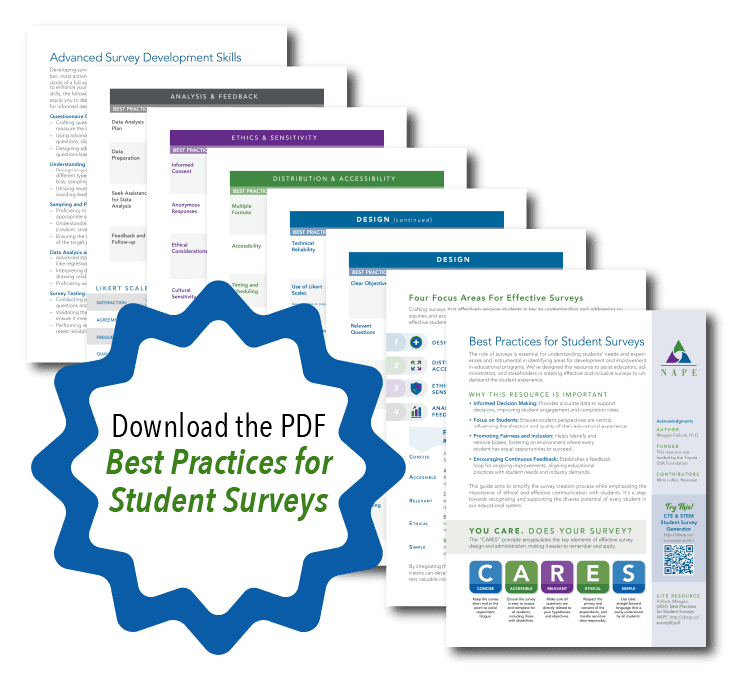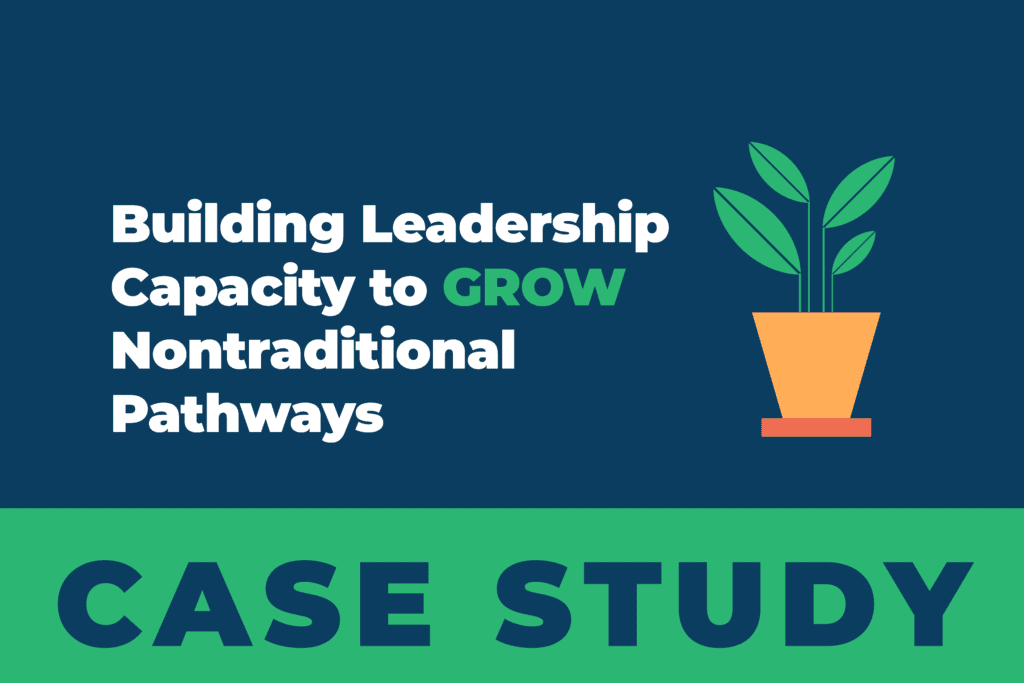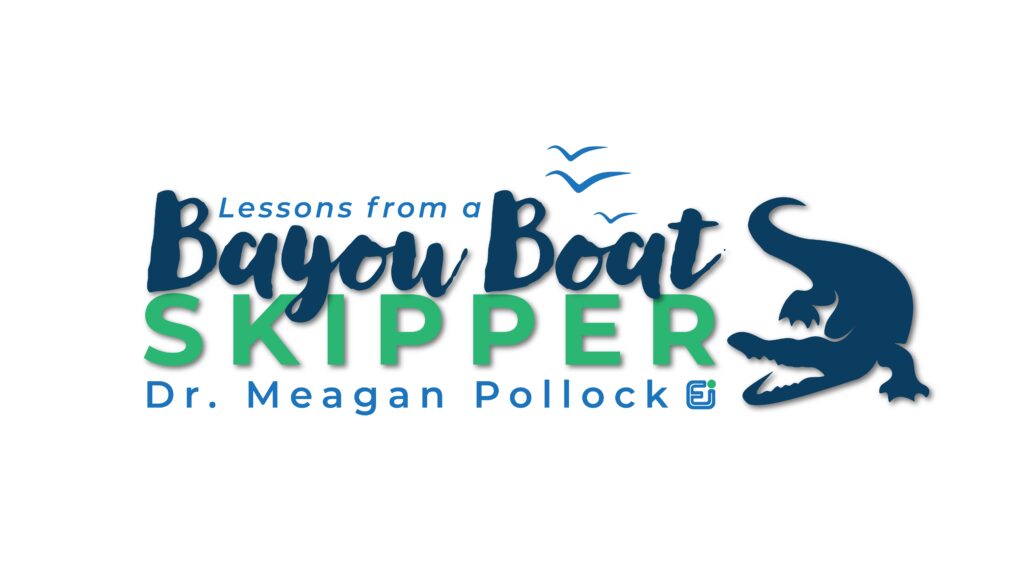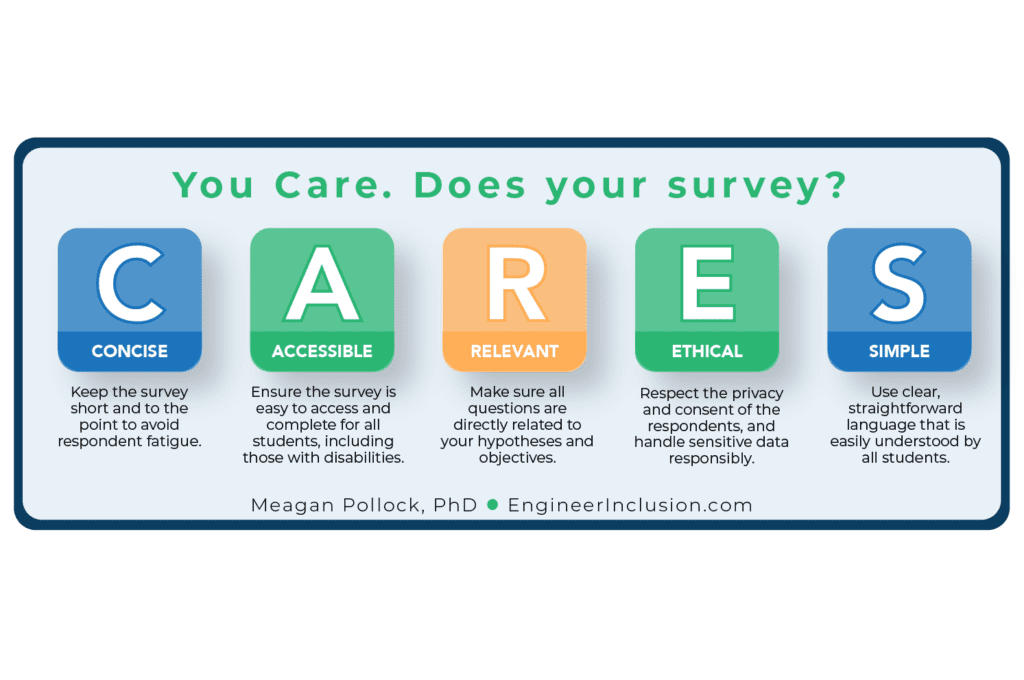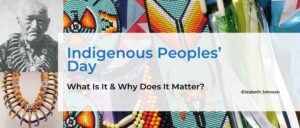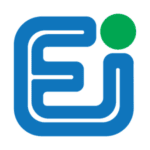Welcome to our deep dive into the art and science of creating effective and inclusive student surveys. As educators and stakeholders in student outcomes, understanding how to design surveys that capture true, actionable insights is crucial. This guide, underpinned by the CARES principle, offers a comprehensive approach to enhance your survey design process. Let’s explore these best practices that ensure methodological soundness and foster an environment where every student’s voice is heard and valued. Download a PDF and watch a webinar below.
The CARES Principle for Effective Survey Design
At the heart of our guide is the CARES principle—a mnemonic that helps remember the essential elements of a great survey:
- Concise: Keep surveys short! Brevity respects respondents’ time and improves completion rates.
- Accessible: Design surveys that are easy to navigate and understand by all potential respondents, ensuring everyone can participate.
- Relevant: Craft each question to serve a clear purpose and tie directly to the survey’s objectives. Try our survey generator to get you started! 🔗
- Ethical: Adhere to the highest standards of ethics, including respecting privacy, obtaining informed consent, and ensuring confidentiality.
- Simple: Use clear and straightforward language to avoid confusion and ensure respondents truly understand what is being asked.
This approach enhances the survey creation process and ensures that we gather meaningful and reliable data while respecting and valuing all students’ experiences.
Delving into Best Practices
Effective survey design is critical in ensuring that the data collected truly reflects and addresses the needs and experiences of students. To guide you through this process, we’ve structured our best practices into four key focus areas: Design, Distribution & Accessibility, Ethics & Sensitivity, and Analysis & Feedback. Each area tackles a different aspect of survey creation, from crafting questions to analyzing results, ensuring a comprehensive approach to gathering meaningful data.
Across these four focus areas, we outline 29 best practices in the downloadable PDF guide. These practices are designed to enhance your understanding and execution of each step in the survey process, helping you to create more effective, inclusive, and ethical surveys. For those looking for more in-depth learning, we also offer a webinar that reviews all these best practices and provides practical examples to illustrate how they can be applied in real-world settings.
By exploring these best practices, you’ll gain the tools and insights needed to design surveys that not only capture essential data but also contribute positively to the educational environment. Let’s dive into each focus area to discover how you can apply these practices to your survey projects.
Design
14 Best Practices
Effective survey design is foundational. It involves crafting relevant, clear, and unbiased questions that align with your survey’s core objectives. This section helps you define clear objectives, avoid leading or compound questions, and highlight the importance of pilot testing. Remember, every question should directly contribute to your survey’s objectives, making your data collection as targeted and valuable as possible.
Distribution & Accessibility
6 Best Practices
It is crucial to ensure your survey reaches all intended participants and is accessible to everyone, including those with disabilities. We discuss strategies for achieving high response rates and truly representative data through thoughtful distribution and accessibility practices.
Ethics & Sensitivity
5 Best Practices
Surveys, especially those that touch sensitive topics, must be conducted with a solid ethical foundation. This section is dedicated to guiding you through designing surveys that respect cultural differences and maintain the dignity of all participants.
Analysis & Feedback
4 Best Practices
Once data is collected, the real work begins. Effectively analyzing survey data and providing feedback to stakeholders are pivotal in closing the loop of the survey process. This section provides insights into preparing data for analysis, developing a clear analysis plan, and sharing findings to enhance trust and engagement among participants.
BONUS: In the PDF, we also outline 9 Advanced Survey Development Skills!
Why Good Survey Design Matters
A well-designed survey is more than just a tool for data collection; it’s a reflection of our commitment to truly understanding and improving the educational experiences of all students. As you apply these principles, remember that each decision in the survey design and execution process should be intentional and reflective of our broader goals to enhance education through informed insights.
Watch the Webinar and Download the Guide
Ready to transform your approach to survey design in education? Watch the webinar and download our comprehensive guide to student survey best practices and create surveys that make a difference.
This work was funded by a grant from the Toyota USA Foundation to the National Alliance for Partnerships in Equity. Dr. Meagan Pollock was sub-contracted to create this resource in collaboration with Mimi Lufkin.
Download this resource as a printable PDF and digital worksheet.
When you download this resource, you agree to be added to our mailing list. We send about one email with resources and strategies every week. You can unsubscribe at any time.
